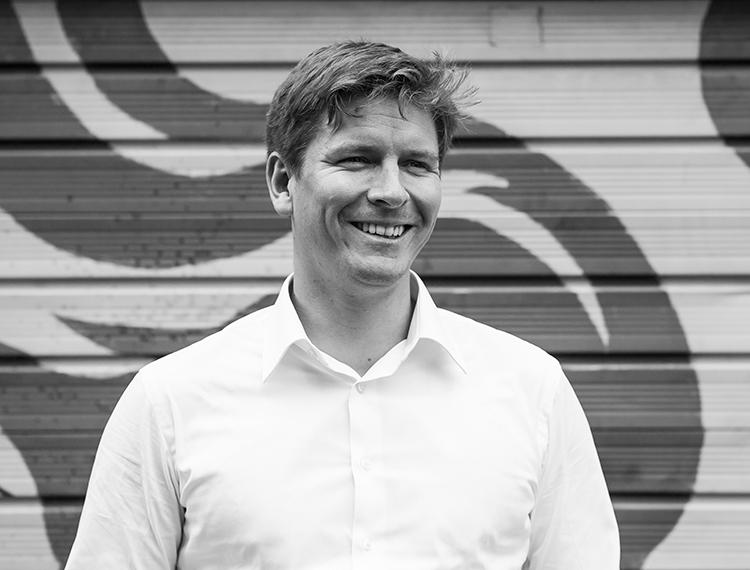Mastering the art of failure: Bringing students out of their shell

Teaching students the art of failure can be a tricky task.As adults, we are able to appreciate that when it comes to learning and improving, there is a lesson in every mistake that we make throughout our careers – so long as you take it with a professional attitude.
But how can we actively encourage young adults who are studying or entering jobs, to view their mistakes as a lesson and not to let it discourage them from trying again?
There are many learning methods that you can bring into the classroom, but from personal experience, I believe the growth mindset and the competence model works extremely well to push students to new heights.
We use these methods with our students at RED Academy, and it has really encouraged them to identify their mistakes or failures, recognise what went wrong and persevere until they find the solution; a valuable lesson that shouldn’t dishearten them, but instead give them valuable insight which they can put into practice in future work.
It’s almost like driving a car, everyone remembers the first time they stalled the car and how embarrassing it was. Over time, you simply learn to step into your car and drive off without even realising you’re doing so, and the same approach should be adopted with learning.
Unfortunately it isn’t that easy for teachers to explain to students who are experiencing their first career failure.
Discussing failure head on requires the ability to be supportive, to offer guidance and to have a willingness to highlight a student’s mistake, even when it isn’t appreciated.
The methods below highlight ways to bring this critical element into the teaching role and how it will benefit the student over time.
The growth mindset
The growth mindset theory compares individuals who have a fixed mindset to those who have a growth mindset. An individual with a fixed mindset often believes that their character traits are innate and cannot be changed; they accept that this is maybe who they are, and just how they work best, even when they make mistakes, they refuse to believe that they had a power to change the outcome.
A student with a growth mindset, on the other hand, believes that effort and training can change or improve qualities and they are therefore more receptive to receiving feedback, constantly adapting their methods of learning and approaches to future work.
For example, Anna, a full-time User Experience student at RED, explains that through these learning methods, it actually helped her discover how she works best:
“I recently discovered through the course that I’m actually quite introverted… it taught me I work best when I go into the world and do things, but I like to have the time to think about my work.”
Whereas Will, also a full-time student, also suggested that
“it’s taught me to be more proactive and to get out of my comfort zone”.
As a teacher, I have seen some students who are set in their ways when it comes to the mindset they adopt. However, taking small steps in the classroom to flip this mindset can have great benefits for the student and their learning.
Attributing outcomes to effort and practice will lead to a growth mindset, such as highlighting what they enjoyed or paid particular attention to, are the areas that had the best results.
For example, we make time to talk to students about where we think their project may have gone wrong, whether this was a practical mistake such as something materialistic with the design, or whether there was an issue with the student’s attitude towards the work.
Suggesting mistakes such as lack of attention paid to the initial design of the project perhaps being the cause of the failure doesn’t suggest that the student is unequipped or doesn’t have the talent to complete the project, it simply highlights that there was an error with the steps taken, which can then be adjusted for next time.
The competence model
Another learning method we encourage within our teaching is the competence model.
This revolves around taking a student on a journey from being unconsciously incompetent to become consciously competent.
At the first stage where a student is unconsciously incompetent, they are unaware that they are potentially missing skills which could advance their talent and improve their work.
It’s important at this stage to help the student identify these missing skills; group tasks can often open the student’s eyes to the way that someone within the group who has these skills is using them within their own element of a project.
At this stage, students may become aware of their incompetence in a certain area and it’s your job, as a teacher, to help them identify ways to develop these skills.
It’s important to remember that students may be a little unmotivated and uninspired by recent failure, and that adopting the growth mindset tactics here will be valuable to help them realise that it doesn’t make them a poor student, they have simply been provided with an opportunity to improve.
Teaching them the new knowledge through planned activities will lead them to become consciously competent. Year after year, you may see a pattern of what skills students need to develop so planning this activity may not be a problem.
For those who may need extra guidance, it will be extremely important to get feedback to determine whether significant development has been made.
Over time, the student will eventually be able to perform tasks easily using the skills developed without even realising.
Final thoughts
Failure is often the best lesson in life.
As a teacher or mentor, it can be difficult to stand by while your students become discouraged by a failure but with these tactics, we can help improve the self-esteem of a student by actively encouraging the growth mindset, and to provide them with opportunities to learn new skills.
James Potten, Managing Director of RED Academy
About James Potten: Managing Director of RED Academy, an international digital design school offering intensive courses in Digital Marketing, User Experience Design and Web & App Development, which has now opened a campus in the heart of Central London. RED’s courses are all based about work experience and all students work with real clients on real projects, building their portfolios at the same time as learning. James also chairs a microfinance charity, Deki, which helps innovative projects in Africa.











Responses